Our Facilities and Software
Learn about our facilities and tools.
Click below to jump to specific categories.
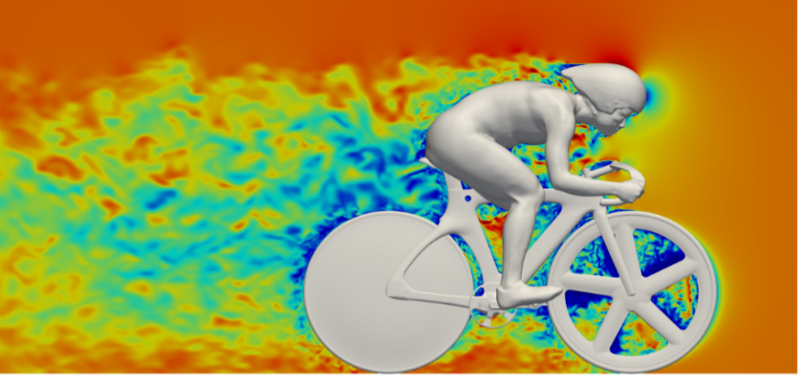
Navier-Stokes Solver
High-order CAA and low-order CFD codes are used by the research group to study the complex flow fields around streamlined and bluff bodies. The high-order solver employs the same numerical schemes and....
See Full Post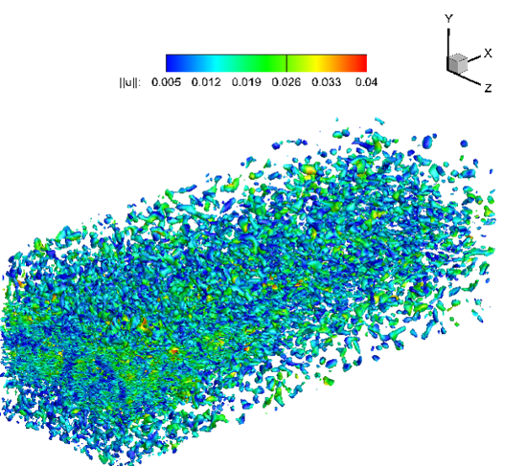
Advanced synthetic turbulence methods
Synthetic turbulence methods are developed in AANTC to reproduce turbulence with specific turbulence spectra. A new method of synthetic anisotropic turbulence by deriving a general form of anisotropi....
See Full Post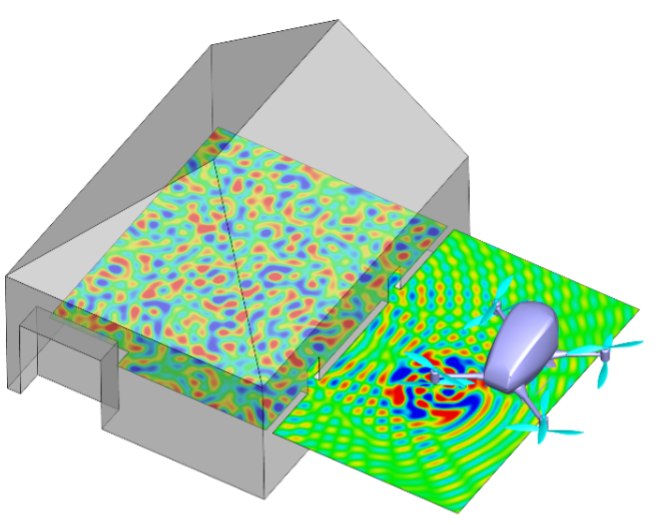
Efficient boundary element method
n efficient boundary element method (BEM) solver is developed in AANTC is compute the sound scattering from the objects, which can be acoustical hard or impedance walls. Reduced order modelling techno....
See Full Post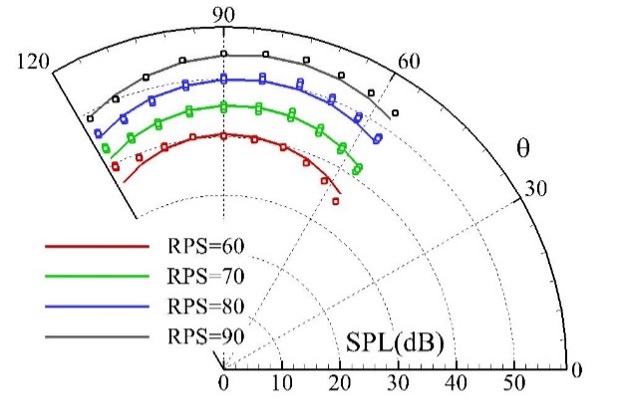
Rotor noise prediction methods
A rotor noise prediction method based on the Hanson model was developed to compute the tonal noise of rotors. The effects of unsteady modes on the noise radiation are considered. Also, the broadband n....
See Full Post
Acoustic preserved artificial compressibility (APAC) method
In AANTC, an acoustic preserved artificial compressibility method is developed to compute the sound generation and propagation at low Mach numbers. It can account for the compressibility, which is rel....
See Full Post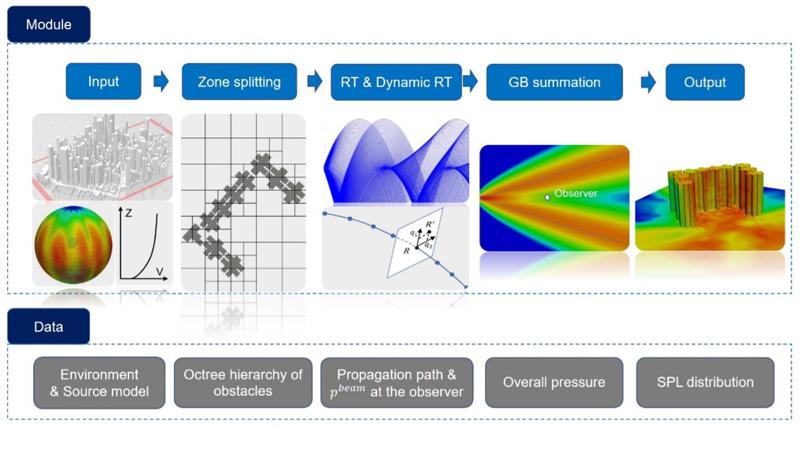
An environmental noise assessment code based on Gaussian beam tracing
An environmental noise assessment EnvARC is developed in AANTC to study the noise impact on the urban environment. It is based on a Gaussian beam tracing method. Different source models can be introdu....
See Full Post
Linearised Euler solver
We use a high-order Linearised Euler Equation (LEE) solver to study specific aeroacoustic problems that are not governed by nonlinear and viscous effects. An LEE solver is significantly faster than a ....
See Full Post
Euler solver with shock capturing
We use a high-order Euler solver to study aeroacoustic problems that have nonlinear physics. In the video, the Euler solver shows what happens when a turbulent field impinges on the leading edge of a ....
See Full Post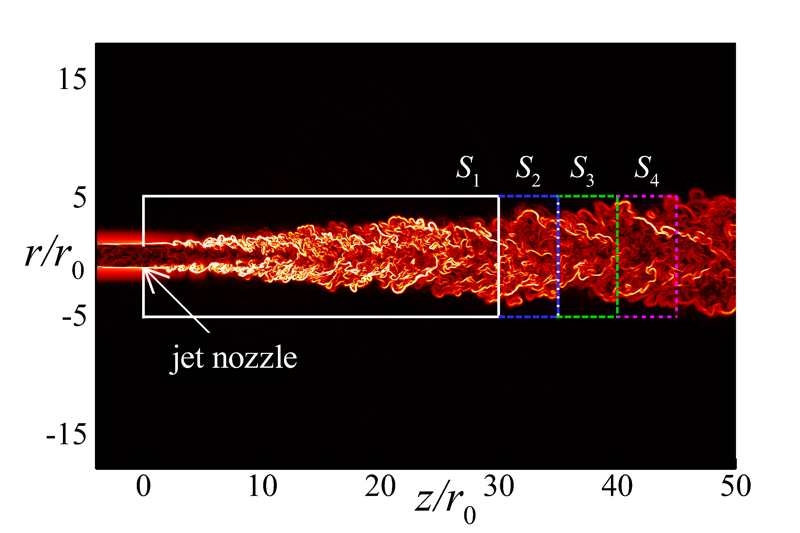
Sound extrapolation method for turbulent flows
In aeroacoustics, the far-field directivity is often computed using the integral solution of the acoustic analogy equations. The sound prediction prediction can be rendered when the turbulent eddies m....
See Full Post